Optimal Timing for Waterproofing Projects
Understanding the optimal timing for waterproofing projects is essential to ensure long-lasting protection against water intrusion. Proper timing can prevent costly repairs and extend the lifespan of structures. Weather conditions, temperature, and humidity levels play significant roles in determining the best period for application.
Spring offers moderate temperatures and increasing humidity, making it suitable for waterproofing applications before heavy rainfall.
Warm weather and longer daylight hours facilitate efficient application, but high humidity and rain can pose challenges.
Cooler temperatures and lower humidity levels make fall an ideal time for waterproofing projects before winter.
Cold temperatures and potential frost make winter generally unsuitable for waterproofing unless specialized materials are used.

Ways to make Waterproofings work in tight or awkward layouts.
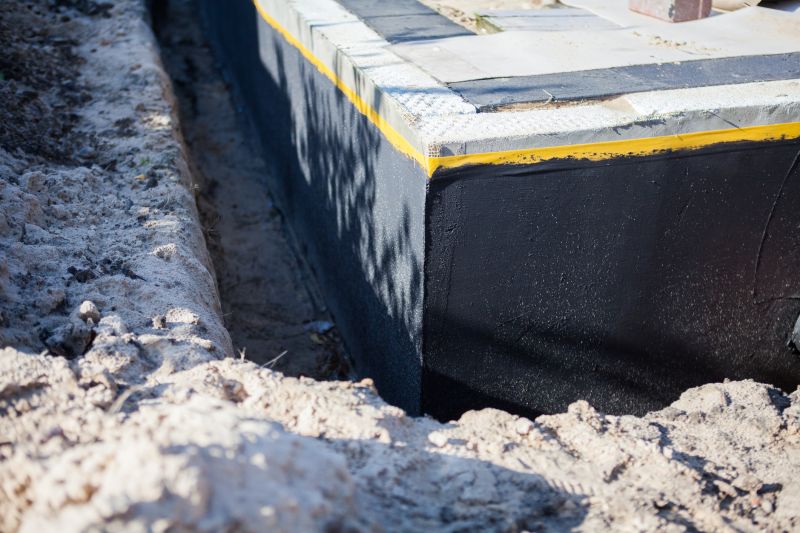
Popular materials for Waterproofings and why they hold up over time.
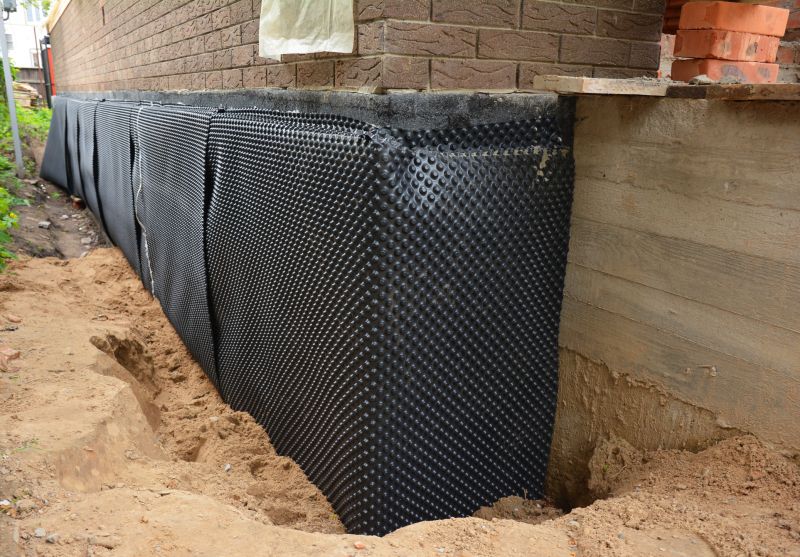
Simple add-ons that improve Waterproofings without blowing the budget.
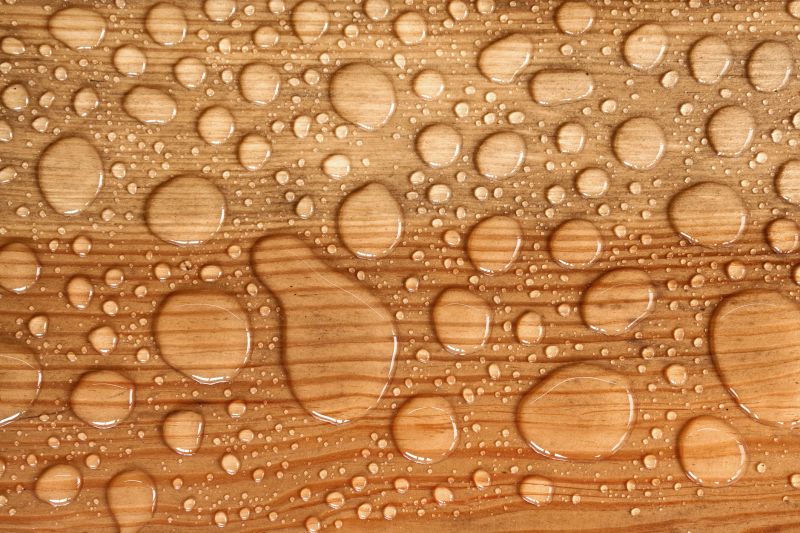
High-end options that actually feel worth it for Waterproofings.
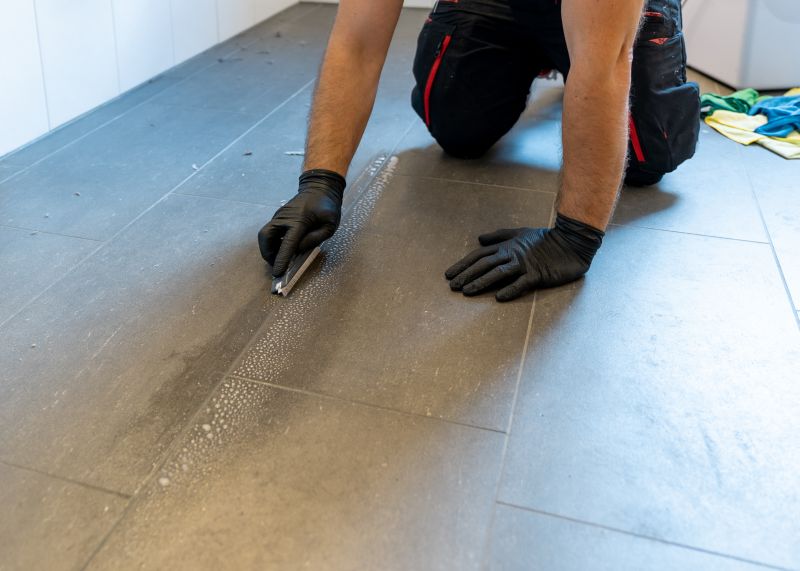
Finishes and colors that play nicely with Waterproofings.
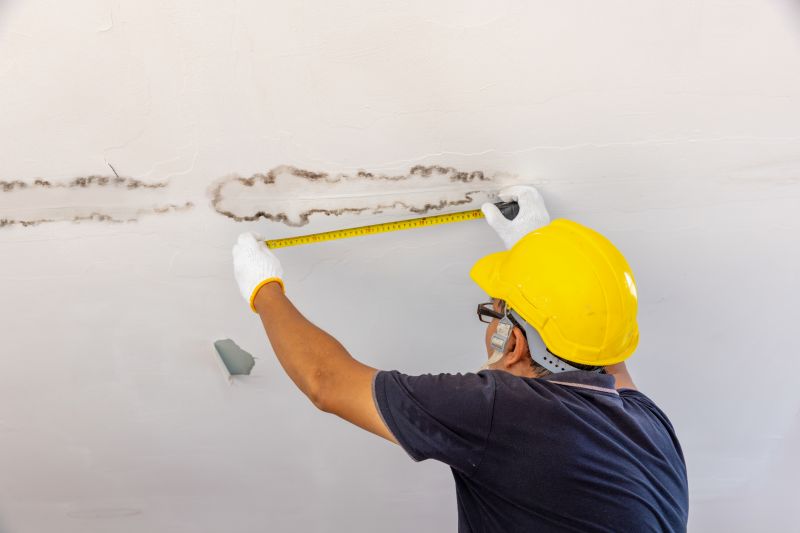
Little measurements that prevent headaches on Waterproofings day.
Waterproofing involves applying specialized materials to protect structures from water penetration. It is a critical component in construction, renovation, and repair projects. Proper waterproofing prevents water damage, mold growth, and structural deterioration. The effectiveness of waterproofing depends on the selection of appropriate materials, surface preparation, and application conditions.
Statistics indicate that water intrusion accounts for a significant percentage of structural damages in buildings. Timely waterproofing can reduce maintenance costs and extend the lifespan of foundations, roofs, and walls. It is especially important in regions with heavy rainfall or high humidity, where water exposure is more frequent.

A 60-second routine that keeps Waterproofings looking new.
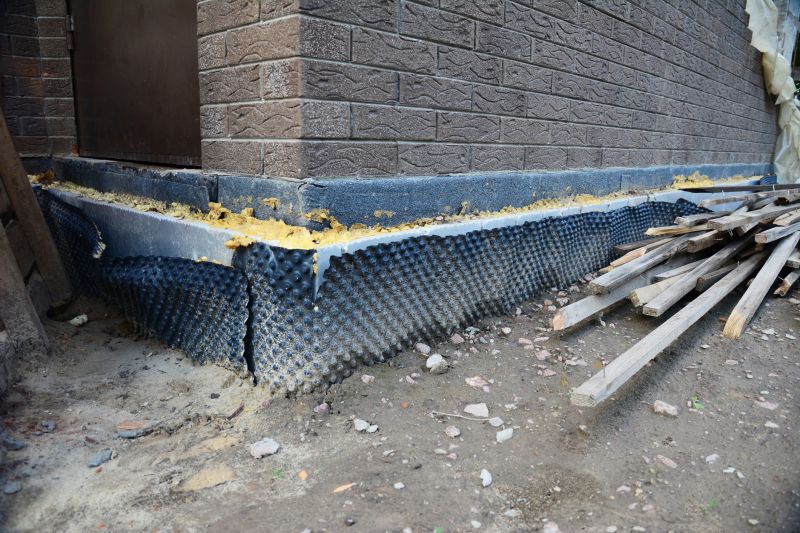
A frequent mistake in Waterproofings and how to dodge it.

Small tweaks to make Waterproofings safer and easier to use.

Lower-waste or water-saving choices for Waterproofings.
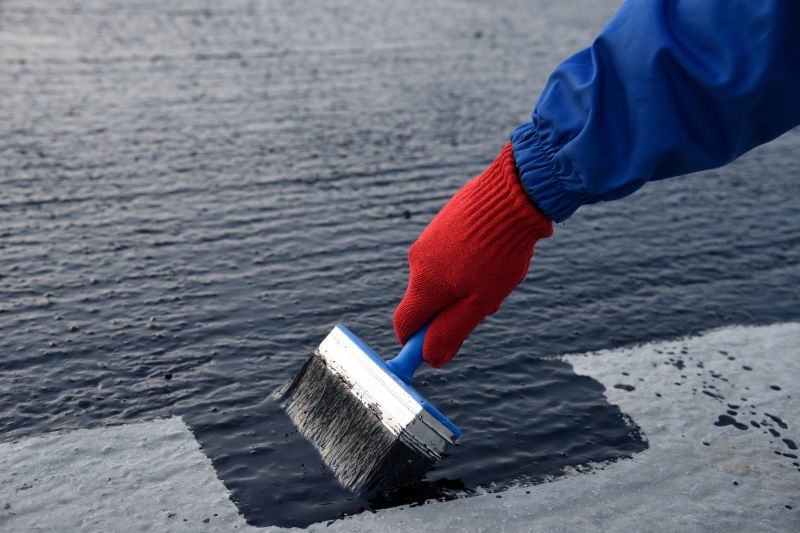
The short, realistic tool list for quality Waterproofings.

Rough timing from prep to clean-up for Waterproofings.

Quick checks and paperwork to keep after Waterproofings.
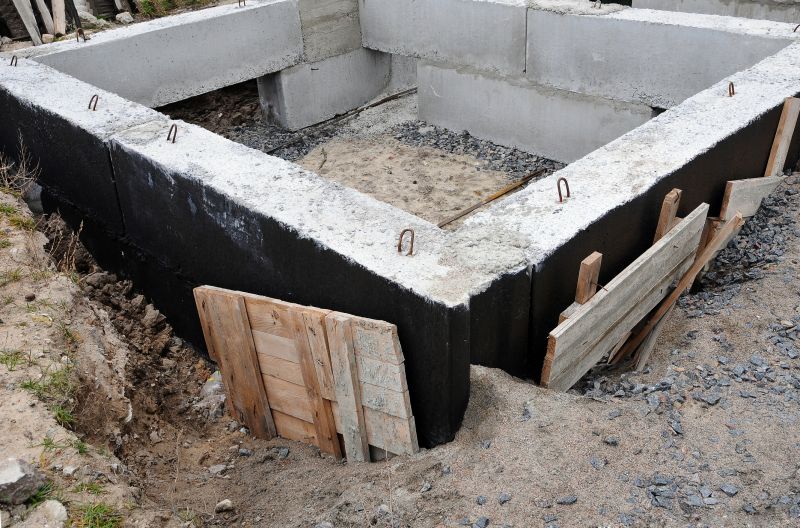
Examples that show the impact a good Waterproofings can make.
| Season | Ideal Conditions |
|---|---|
| Spring | Moderate temperatures, increasing humidity, minimal rain |
| Summer | Warm temperatures, longer days, watch for high humidity and rain |
| Fall | Cooler temperatures, lower humidity, dry conditions |
| Winter | Cold temperatures, frost risk, not recommended unless specialized materials are used |
Choosing the right time for waterproofing ensures optimal adhesion and durability of the applied materials. Proper scheduling can lead to better results and longer-lasting protection against water damage. Consulting with waterproofing professionals can help determine the best timing based on local climate conditions.
Interested in waterproofing services? Filling out the contact form provides an opportunity to receive tailored advice and scheduling options to suit specific needs and local weather patterns.




